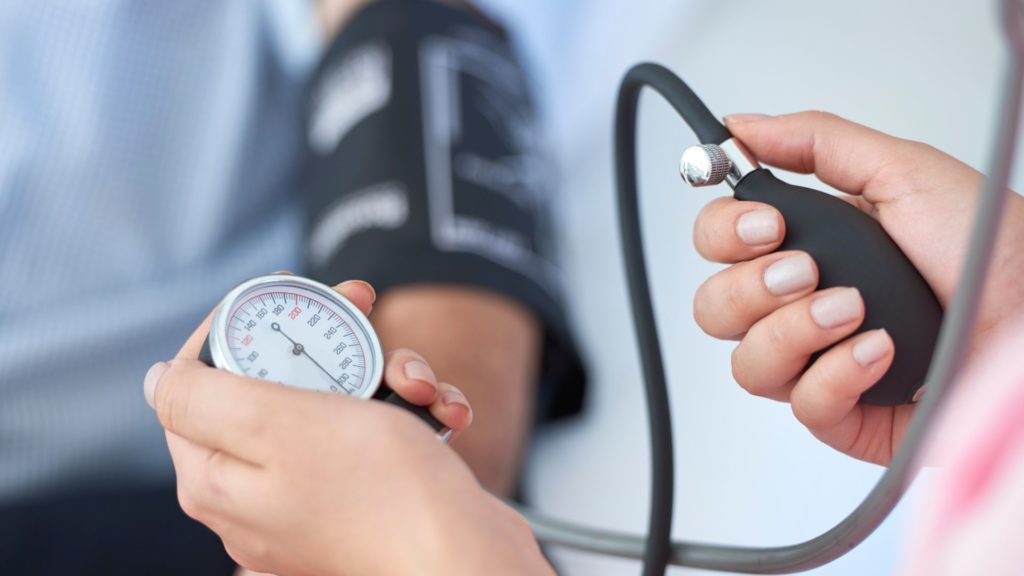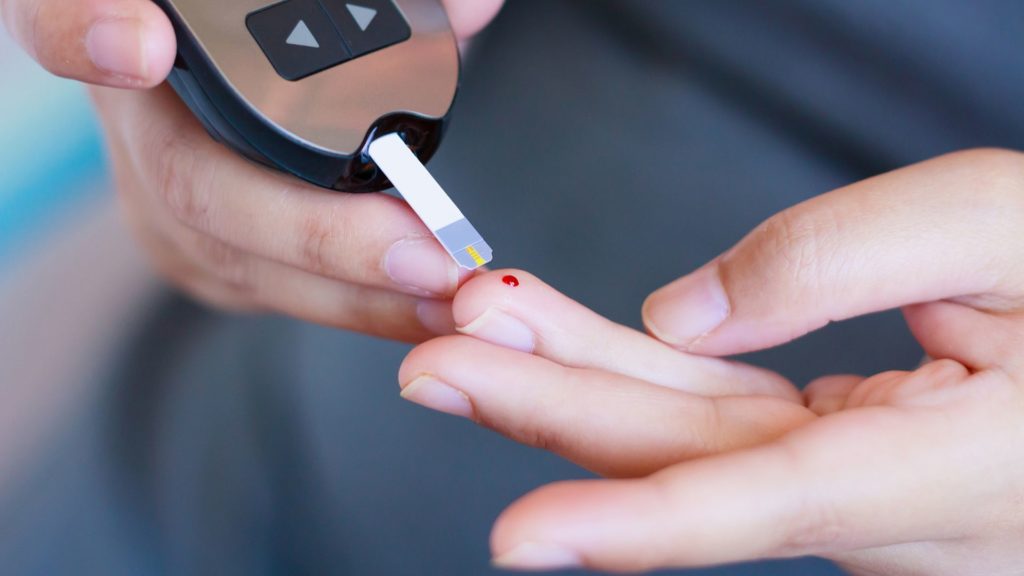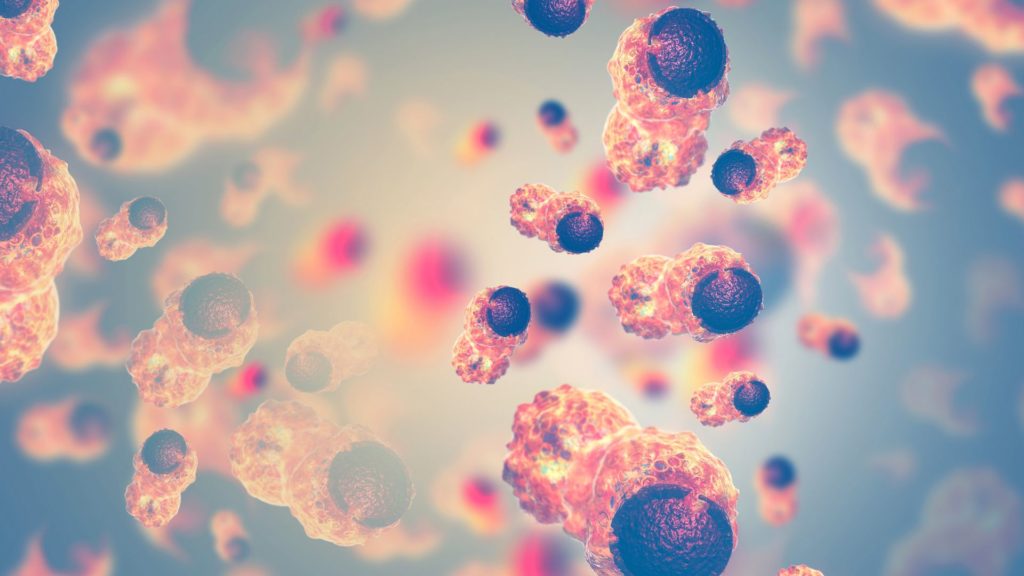If you are interested in improving your health, what if I told you to do this one thing which will:
1.) Raise your blood pressure
2.) Increase your inflammatory cytokines
3.) Increases oxidative stress
4.) Increase sympathetic nervous system (the fight or flight response)
You would probably tell me to go fly a kite because there is no way this THING could be good for you.
Well, at face value, you would undoubtedly be correct.
However, the THING I am talking about is exercise.
That’s right, exercise in its acute form does everything that you wouldn’t want to have to happen to your body.
But the irony of course is that time and time again, it has been demonstrated that exercise is one of the best things you can do for your health.
On an absolute level, it decreases your risk for all-cause mortality.
And on a more granular level, exercise decreases your risk of developing:
1.) Cardiovascular disease
2.) Diabetes
3.) Neurodegenerative disease
4.) Cancer
The mechanisms by which it decreases your risk are numerous and complex. Still, it is worth looking at a few of the innumerable benefits of exercise and just how important it is to begin a consistent exercise routine.
It is the cheapest insurance policy you can buy!
Cardiovascular Disease
Cardiovascular disease remains the leading cause of death worldwide, and exercise is one of the best tools to address this disease.
There are numerous benefits of exercise that reduce your risk of cardiovascular disease, but I want to focus on one crucial mechanism.
Blood Pressure

Elevated blood pressure is a significant risk factor for cardiovascular disease, and regular exercise has the ability to reduce your blood pressure.
The mechanism by which exercise lowers blood pressure appears to be related to a Nitric Oxide.
NO is a molecule produced by your body that plays a significant role in the vasodilation of your blood vessels.
And this vasodilation is precisely the mechanism by which exercise lowers blood pressure.
Josef Niebauer and colleagues published a paper in the American Journal of Cardiology examining endothelial shear stress and its role in the cardiovascular system.
They concluded that shear forces, as well as released metabolites from active skeletal muscle during exercise, signal the production and release of nitric oxide (NO) and prostacyclin from the vascular endothelium, which promotes enhanced vasodilation via relaxation of vascular smooth muscle cells.
Shear forces are one of the principal forces acting on a blood vessel and are a tractive force exerted at a vector that is parallel to the long axis of the vessel.
You don’t need to know all of the physics behind these forces, but just understand that these types of forces exerted on the vessel play a role in the production and release of nitric oxide (NO) which ultimately enhance vasodilation.
And vasodilation relaxes your blood vessels and ultimately decreases your blood pressure.
Diabetes

Diabetes is a disease that is characterized by an inability of the body to utilize insulin effectively.
Insulin is the hormone responsible for transporting glucose to the muscle and liver for storage.
However, when you become insulin resistant, your body no longer recognizes the insulin signal, which results in impaired glucose clearance.
High blood sugar is, of course, the primary phenotype of diabetes.
The consequences of diabetes are immense and include kidney failure, nerve damage, and blood vessel damage.
Diabetes also increases your risk of cancer, heart disease, and neurodegenerative disease through innumerable metabolic consequences.
However, the good news is that exercise significantly decreases your risk of developing diabetes through various mechanisms, but there is one that I want to examine in closer detail.
Insulin Sensitivity
One of the primary ways to avoid diabetes is to ensure you are incredibly insulin sensitive.
And while reducing your sugar intake is a primary way to keep your insulin sensitivity high, exercise has a powerful effect on insulin signaling.
Let’s examine some of the evidence.
Gerald Shulman demonstrated that a single 45-minute bout of exercise caused the muscle of insulin-resistant individuals to behave like that of an insulin-sensitive individual.
The mechanism of action is described eloquently in their paper.
“With regard to the molecular mechanisms responsible for these observations, a single exercise session increases both the insulin-dependent activity and the number of GLUT-4 glucose transporters in the plasma membrane, as well as the content and activity of hexokinase II messenger RNA. The effects of exercise training could be explained in part by the residual effect of the last session of exercise, but it could also be explained by long-term up-regulation, induced by training, of the number and function of the glucose transporters; capillary proliferation; and the number of IIa (red glycolytic) fibers, which have a higher GLUT-4 protein content and are more insulin-responsive.”
The bottom line is this:
Exercise increases glucose clearance and thereby increases insulin sensitivity by increasing the number of GLUT-4 glucose transporters in the plasma membrane.
The GLUT-4 transporter is an insulin-dependent protein that moves glucose into the muscle cells where it should be stored.
There is also evidence that exercise enhances insulin-independent clearance of glucose, which also lends further evidence to the role of exercise in improving insulin sensitivity and thereby reducing the risk of diabetes.
Neurodegenerative Disease

The Neuroprotective mechanisms of exercise are not as clear-cut as, say, the cardioprotective benefits; however, there are several mechanisms and lines of evidence which I believe provide ample support and are worth exploring.
It is unambiguous that indirect neuroprotective mechanisms come from improved insulin sensitivity, reduced inflammation, and reduced blood pressure.
But let’s examine a fascinating line of evidence relating to the neurotrophic effects of exercise.
BDNF & Neurotrophic Effects of Exercise
That is, the new growth of nerve tissue.
Specifically, I’m talking about something called Brain-derived neurotrophic factor (BDNF).
BDNF is a protein produced in your body that acts on specific neurons on the central nervous system to encourage the growth and differentiation of new neurons and synapses.
Evidence shows that exercise increases the gene expression that codes for this particular protein.
Learning capacity is mediated by the action of BDNF on synaptic plasticity.
There is a great study which showed that periods as short as 1-week of voluntary exercise can increase the capacity for learning and memory in mice.
To get in the weeds a little more, there was another paper that showed five months of voluntary exercise resulted in a decrease in extracellular amyloid-β (Aβ) plaques in the frontal cortex.
Amyloid plaques are the extracellular proteins that contribute to Alzheimer’s disease.
The heuristic diagram below displays the immense impact of exercise on neurobiology and several of the proposed systems which are influenced by it.
Cancer

While the direct lines of evidence for cancer prevention through exercise remain unclear, several pieces of the puzzle deserve to be explored.
To begin, insulin resistance, hyperinsulinemia, hyperglycemia, and type 2 diabetes have been linked to increased risk of breast, colon, pancreas, and endometrial cancers.
As mentioned earlier, physical activity improves insulin resistance, reduces hyperinsulinemia, and reduces the risk of diabetes.
Therefore, exercise addresses a metabolic component of cancer which appears to modulate risk.
It has also been established that obesity increases cancer risk, and exercise is a driving force behind obesity prevention.
Exercise not only prevents obesity but is also the primary therapeutic as it relates to treating obesity.
Anne McTiernan published a paper in 2008 which suggested physical activity was linked to cancer protection through exercise-dependent reductions in cancer risk factors, such as sex hormones, insulin/IGF, and inflammatory markers.
While mechanistic data links exercise to cancer tumor suppression, the consensus remains unclear on exactly how this occurs.
Some possibilities include the increased mobilization of immune cells, reduced tumor metabolism via the AMPK pathway, and catecholamine-driven reduction in tumor proliferation & colony formation.
Nonetheless, exercise certainly plays a role in modulating cancer risk and, therefore should be top of the line as it relates to easy lifestyle preventative measures that everyone should implement.
In Conclusion
Exercise is somewhat of a paradox because, in its acute form, it produces the type of physiological response that would be otherwise regarded as pathologic under resting conditions.
Yet, the health-promoting and disease-risk-modulating effects of exercise are unambiguous.
If there is one takeaway from this article, it is this.
Start exercising today!

